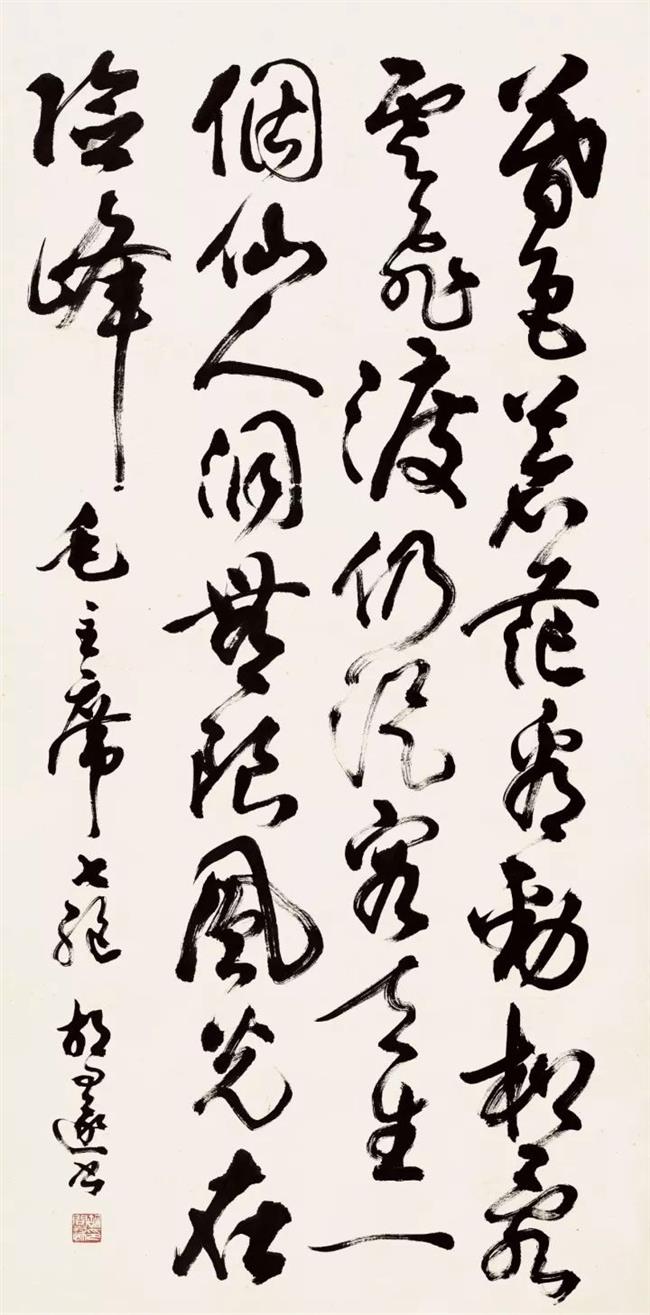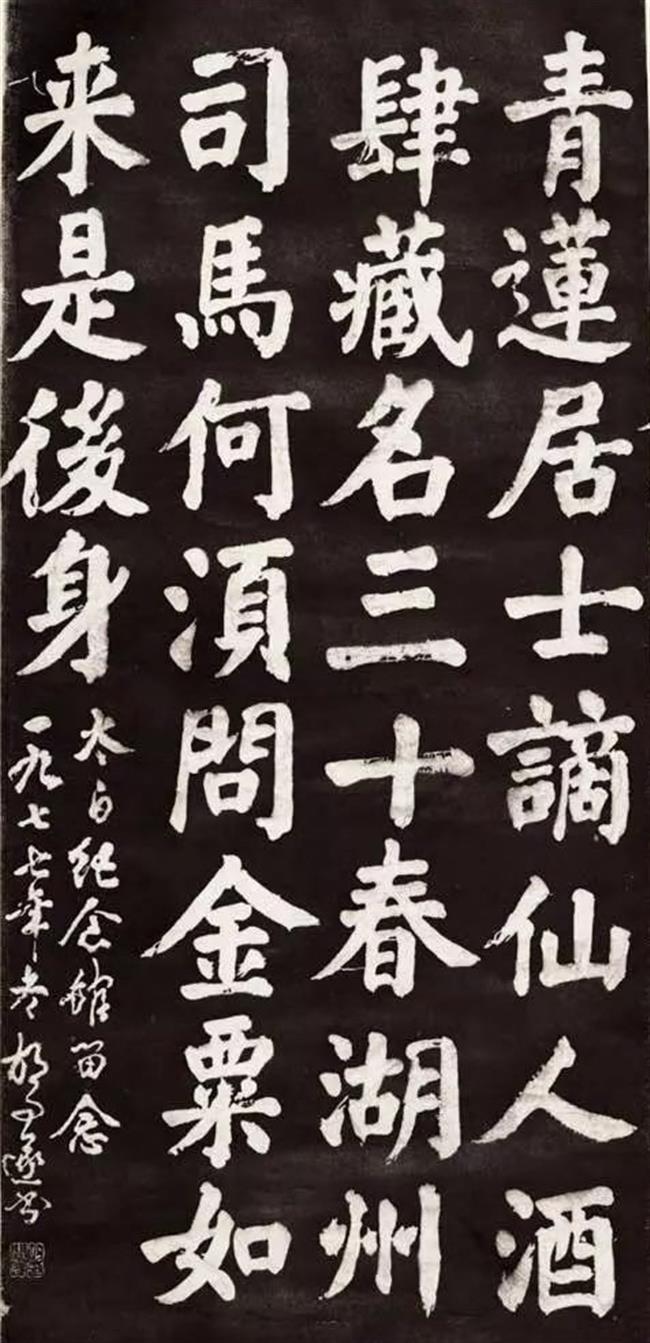Exhibition celebrates centenary birthday of China's calligraphy master

Hu Wensui’s work
The centenary celebration of China’s master calligrapher is underway at the China Art Museum.
“The Grand and the Majestic,” a collection of calligraphy works to commemorate the 100th anniversary of Hu Wensui’s birth, has been unveiled as part of the birthday bash.
Born into an intellectual family in Shaoxing, Zhejiang Province, Hu Wensui (1918-99) is widely considered as a master and educationist in calligraphy.
His influence in the subject was so vast that in 1961 he was involved in a calligraphy project with around 4,000 students. Some of them gradually become the “core force” in the area of calligraphy. Today, it is said that Hu’s students, and influence, can be seen throughout the world.
Art writer Joan Stanley-Baker believes Chinese calligraphy is a form of aesthetically pleasing writing. “Calligraphy is sheer life experienced through energy in motion that is registered as traces on silk or paper, with time and rhythm in shifting space its main ingredients.”
Calligraphy has led to the development of many forms of art in China, including seal carving, ornate paperweights and ink stones.
Hu developed an early interest in calligraphy when he was a child. As a little boy he practiced calligraphy every day on bricks. But it wasn’t until 1951, when as a 35-year-old, he officially became a student of Shen Yinmo (1883-1971), one of the greatest calligraphers, educationists and poets in China at the time.
The studious Hu became engaged in the study of ancient copybooks and inscriptions. And because of his profound understanding and talent in the area, he gradually established his own style.
“The Grand and the Majestic” exhibition is divided into three parts, including the works written by Hu, his students and from an international calligraphy competition.
The highlight of the exhibition is without question Hu’s own calligraphy works. Nearly 70 of his works are displayed, and some of them are considered the “best of the best” among Hu’s art renderings.

There are some general standardization of the calligraphy styles. Chinese calligraphy and ink-wash paintings are closely related: Both are accomplished using similar tools and techniques and have a long history of shared artistry.
Distinguishing features of Chinese painting and calligraphy include an emphasis on emotionally charged, dynamic life. Cursive styles such as xingshu (semi-cursive or running script) and caoshu (cursive or sloppy script) are less constrained, where more movements made by the writing implements are visible. These stroke style orders vary more, sometimes creating radically different forms.
Hu was an expert in xingshu and caoshu. In 1971, he was invited to write the Chinese characters on the facade of the monument in front of the Memorial Hall of Chairman Mao in Shaoguan.
Many of Hu’s calligraphy works at this exhibition are on loan from private collectors, according to Ding Shenyang, vice chairman of Shanghai Calligraphers’ Association.
“I was one of his students. In 1986, I attended one of his classes at Shanghai Chinese Painting Academy and after that I often went to his home for more instructions,” Ding said. “Today I still clearly remember what he said: ‘To absorb the essence of traditional calligraphy. Never imitate my calligraphy, create your own style’.”
“The Grand and the Majestic”
Date: Through November 12, 9am-5pm
Venue: China Art Museum
Address: 161 Shangnan Rd, Pudong New Area

A calligraphy work by one of Hu’s students















